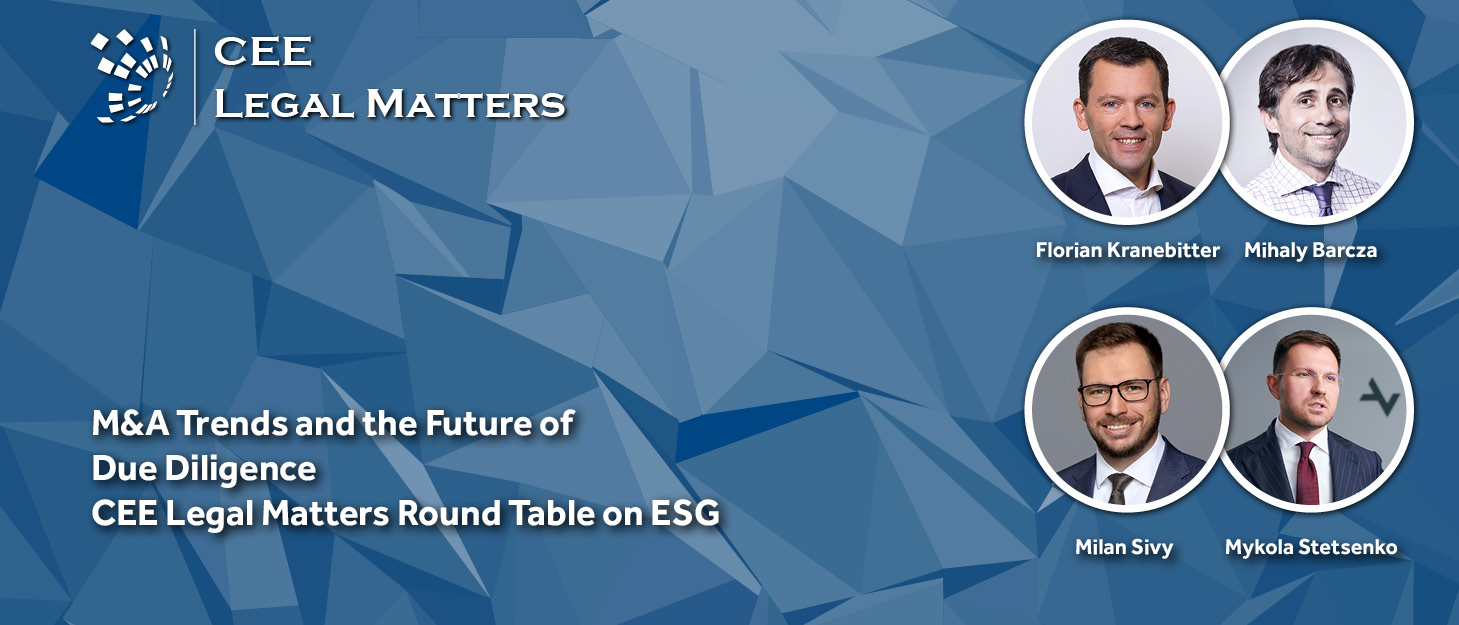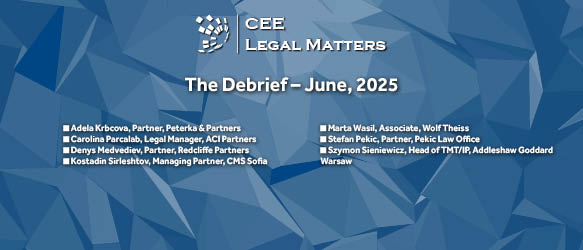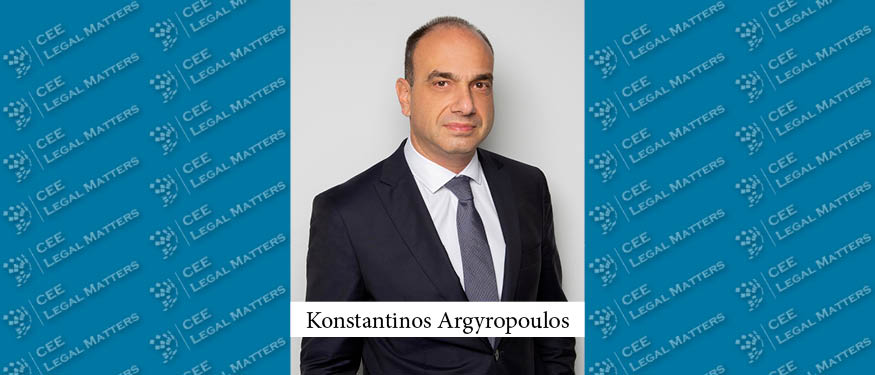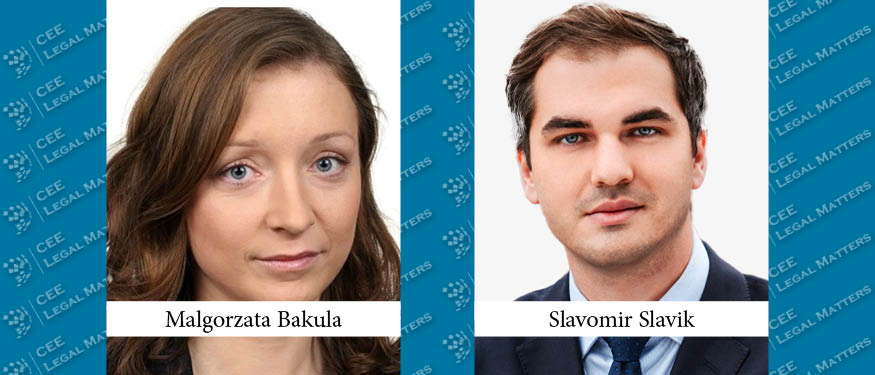On July 7, four leading lawyers from Austria, the Czech Republic, Hungary, and Ukraine sat down for a virtual round table moderated by CEE Legal Matters Managing Editor Radu Cotarcea to discuss the increasing prominence of ESG issues and their impact on M&A transactions, due diligence procedures, and the role of the lawyers themselves.
Participants:
- Florian Kranebitter, Partner, Fellner Wratzfeld & Partner
- Mihaly Barcza, Corporate M&A Partner, Oppenheim
- Milan Sivy, Senior Associate, PRK Partners
- Mykola Stetsenko, Managing Partner, Avellum
You can also listen to the conversation as a podcast below.
CEELM: What does ESG mean to you and in your jurisdiction?
“ESG means different things to different people,” Sivy begins, “While, to me personally, it means mainly clean air and water, to investors it’s rather about assessing the risks and benefits of the envisaged investment and projected values following an acquisition,” he says, explaining how assets’ value might change post-closing due to changing ESG regulations. “In the Czech Republic, ESG is a major discussion topic, with financial institutions being the key drivers behind it,” he continues. “It will only become more focal as more EU regulations get passed.”
Kranebitter shares how, in Austria, “the discussion initially revolved more around the ‘E’ in ESG than anything else. Focusing primarily from the perspective of funding and finance, this was not that surprising.” Nowadays, he says that the entire spectrum of ESG is being considered, “both from the perspective of the government and the citizens. Our firm does the same thing, approaching the matter in a manner that is not just client-centric, but also seeking to be aware of ESG needs ourselves.”
For Barcza, the rising tide of ESG represents an opportunity. “For the short and medium-term, this is an opportunity for growth. In Hungary, there hasn’t been much pioneer work on ESG. However, we do observe both the NFRD and SFDD directives in addition to the accounting framework having certain sustainability aspects,” he shares. “The Budapest Stock Exchange and the National Bank of Hungary have been dealing with green finance via reports for over a year now,” Barcza says. However, he adds that this was mostly done with a “comply or explain approach, meaning that the rules are not really mandatory. Listed and public companies are impacted the most, but even these have a way of getting an exemption from reporting.”
According to him, ESG as a concept is still in its early stages in Hungary. “As Milan said, the financial sector plays an important role here. Still, in Hungary, the data are not as promising as in other European countries – the market share of ESG transactions is at 1.8%, which is not much compared to the EU average of 42%.”
Ukraine, similarly to Hungary, is experiencing ESG as “something relatively new,” according to Stetsenko. “We are lagging a bit but, at the same time, as a fresh EU candidate member, we will have to pick up the pace on account of harmonization endeavors,” he says. “There were, of course, movements in this direction before the war – DTEK, an electricity producer in Ukraine, issued green bonds a year and a half ago.”
As far as the emphasis of the discussions goes, Stetsenko reports that, in Ukraine, “the ‘E’ is the key, as well as the ‘G.’ I think that people are still digesting the social element of ESG and how it could develop.” He adds that, while the country has elaborate environmental legislation, there is still no “classification used to distinguish companies based on their impact.”
CEELM: How much has ESG influenced investor decisions so far? Is it still a buzzword, or is there a direct impact on investor decisions?
“We don’t really see any new investors moving in, operating solely from an ESG perspective,” Kranebitter says. “There has been, however, a large number of investors seeking sustainable investment opportunities, but more as a matter of shifting focus.” Building on what Stetsenko and Barcza said, Kranebitter adds that, “while ESG is a global matter, different countries are at different stages, which opens up the opportunity for more cross-border corporate actions.” He adds that many companies seek to “enhance their ESG profiles by, for example, replacing or acquiring their suppliers, or even teaming up with them via joint ventures,” to exert more control over their supply chain.
Sivy agrees with Kranebitter and says there are not a lot of new investors in the Czech Republic on account of ESG. “Rather, it is a focus shift that depends also on the nature of the investor. For example, private equity funds are more sensitive to sustainability-linked investments and ESG-related transaction aspects,” he says. “Additionally, it could depend on the source of the financing, with banks pressuring the clients that borrow from them to address ESG.”
Sivy further adds that, in the case of M&A transactions, there has also been an interesting development concerning law firms. “It was revealing to see how cross-border transactions involving clients from the US or the UK include an interesting question – what our ESG compliance policies and levels are – especially over the past 18 months,” he explains.
“While I do not know the ratio of new to old money when it comes to ESG-related investments,” Barcza says, “I can say that we see signs that the markets are adjusting, with almost all mortgage banks having issued green mortgage bonds, for example.” He adds that there was even a green corporate bond issuance and that “all of these instruments are benchmarked, which means that the infrastructure exists, however infant it may be.”
He adds that the “new CSRD directive proposal is expected to pass, which will deal more with the due diligence processes in this regard, though the role of lawyers is not yet clear.” He believes that, as the proposal moves forward, “we will see more inquiries about the ESG aspects of due diligence work. I think the Big 4 will lead the pack on this front, as these companies already emphasize ESG.”
CEELM: Looking at the market, do sellers also see ESG potential?
“It depends on the sector, really,” Kranebitter says. “When it comes to deciding to sell or not, based on ESG, this is already present in a number of transactions in the Austrian market.” He says that, “in some due diligence processes, we already see ESG aspects being present in transaction documents – this puts investors at ease that the target will be in a position to comply with reporting requirements post-closing or that, at least, it will be possible to restructure it in a way that will make it compliant,” he explains.
He adds that, specifically, sustainability aspects are present with “representations and warranties within SPAs related to ESG issues. From the seller's perspective, this can be safely negotiated because ESG is still considered to be ‘soft law’, and there is still wiggle room.”
CEELM: How much greenwashing is there, currently, in your jurisdictions?
“I’d agree with Florian and add that we are not operating in an isolated ESG world,” Sivy says. “All business decisions have to take into account also a broader context, such as the geopolitical situation, inflation, etc. This means it’s not only the ESG impact that has to be taken into account while transacting.” He adds that, without having any hard data available, it appears it could be problematic for “companies to hold onto some of their assets – if they wish to retain or improve their ESG position – and thus the companies may wish to divest those, which could be another driving factor for M&A transactions. Offloading these types of assets, which could prove problematic from an ESG perspective, might be difficult,” he explains. Still, he believes there isn't “much greenwashing in the Czech Republic, not in its strictest definition at least.”
In Hungary, Barcza says that their firm is yet to come across transaction clauses that are directly influenced by ESG. “As far as greenwashing goes, both the Hungarian competition authority and the consumer protection authorities have announced that they will be focusing on greenwashing – so developments are yet to occur,” he explains.
“We still do not know what greenwashing is, other than the company attempting to communicate it is being eco-friendly,” Kranebitter says. He believes that the upcoming Directive on Unfair Commercial Practices will shed further light on this matter with the “expansion of its blacklist. In the future, any and all unfounded statements on a company being green will bear consequences,” he says.
Comparing ESG to technical innovations, Kranebitter says that, “while in the tech world you have to be ahead of the regulatory curve to be innovative, when it comes to ESG the regulations are still a few years off – and you’re ahead of the curve if you anticipate them and are compliant in advance.” He shares that he expects there to be an increase in “representations and warranties seeking to protect companies from the upcoming innovations of the Directive on Unfair Commercial Practices” which he is “very much looking forward to.”
CEELM: When ESG first started becoming a reality, lawyers started considering an ESG due diligence process becoming a reality – how far are we from that? With the taxonomy providing a few tangible metrics, how much did it help, and what is the outlook?
“I do not think that the ESG due diligence is yet part of the customary due diligence, but the legal due diligence work already covers certain aspects,” Sivy says. Still, he agrees that ESG expands and modifies the scope and reporting of M&A due diligence processes. “I expect that more focus will be placed on the operational aspects, like supply chains, and that new regulatory requirements will impact both due diligence of the target as well as its supply chain,” he explains.
Furthermore, Sivy says that contractual and actual obligations might lead to ESG making a dent in more areas. “For example, if a Tier 1 supplier intends to acquire a Tier 2 supplier, it should properly verify that the target complies with the ESG requirements applying to the purchaser,” he explains. “The role of lawyers will be interesting in the due diligence process – I think we should be involved in the ESG side of things as well, especially as regards the review, how to report on all of it, and projecting the outcomes in the transactional documentation,” he stresses.
Stetsenko, for one, has a more focused line of reasoning. “I think that we will see a change in the approach in the next five years, due to the clients themselves pushing us towards it. With lawyers getting into more and more roles – for example, project management – it is likely that multidisciplinary cooperation will have to happen, so I agree with Milan: we will have to coordinate with ESG experts,” he explains.
Barcza too agrees with Sivy, adding that, “while the lawyers will not be the drivers of ESG due diligence, we will definitely partake in it at some point.” He explains that, with “the Big 4 driving the ESG change, this type of work will seep through into the lawyers’ sphere as well, probably through their affiliate law firms first.”
CEELM: What is the one element that is most important for lawyers to develop to be better individual professionals and to thrive in the new ESG world?
“With respect to corporate M&A work, I think that lawyers will have to rethink the entire due diligence process, from the point of view of helping clients identify risks and helping them continue with their business operations post-closing,” Kranebitter stresses. “Moreover, I think it important to guide the clients through what makes their business have the highest impact on the environment but – most importantly – it’s crucial to be authentic,” he explains. “We must lead by example and be mindful of our own ESG impact.”
Stetsenko agrees with Kranebitter, adding that the one thing lawyers must keep in mind is, “again, project management skills. Our clients, and the market, will keep pushing us to expand beyond our usual roles – it is up to us to be even better.”
“I think it is important to keep up with the pace of ESG developments,” Sivy chimes in. “Right now, we are flying in an airplane that is still being built – we have to be prepared to navigate all emerging rules and thousands of pages dedicated to ESG,” he says.
Finally, agreeing with Sivy, Barcza says that being open to changes and “following the business reasoning of the clients” will be paramount. “We need to understand their rationale and follow their notions to be as efficient as possible,” he concludes.
This Article was originally published in Issue 9.7 of the CEE Legal Matters Magazine. If you would like to receive a hard copy of the magazine, you can subscribe here.















